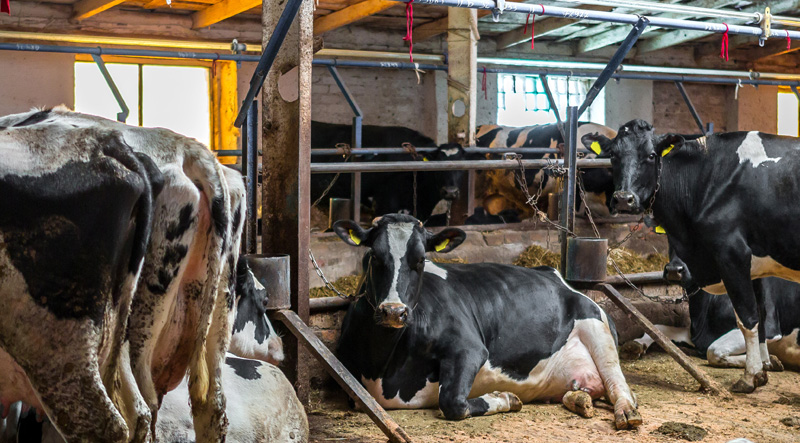What is BIORESQ™?
BIORESQ™ is a vermicompost-based enzymatic solution that restores contaminated and damaged areas and facilitates regeneration. The enzyme content of BIORESQ™ is designed for treating oil, ammonia, and sewage sludge contaminations.
Environmental Remediation
Our R&D laboratory in Budapest, Hungary, has been testing the capacity of BIORESQ™ for environmental remediation. Due to its high bacterial content, BIORESQ™ may eliminate or break down contaminations such as oil spills, sewage sludge, and ammonia emission on farms. These contaminations are extremely hazardous to health and cause ongoing environmental damage globally.
Oil Spills
Marine ecosystems depend on fairly complicated and delicate connections between organisms and their environment. Food sources contaminated by oil can undermine entire food chains.
The tragedy of poisoned food chains of course has a very dangerous impact on mankind and wildlife. Contaminated local ecosystems cause, at best, toxic food sources. At worst, food sources that communities depend on for survival disappear altogether.
Oil spills can damage air quality when toxic elements are released into the atmosphere. Children and pulmonary disease patients are the most susceptible to the toxins.
Sewage
Bacteria, fungi, parasites and viruses mean high biological hazards in wastewater. Health problems caused by sewage contamination impact an estimated 3.5 million Americans each year.
Wastewater types range from domestic, industrial, agricultural to urban, all of which consist of strongly toxic and health-harming substances. Sewage infiltration into natural waters and soil pose serious long-term threats to our health and the global environment.
An estimated 2.5 billion people globally live in sewage-contaminated environments with inadequate sanitation.
The growing population, aging infrastructure, and natural disasters all compound the problem.
BIORESQ™ keeps toxicity from spreading, and focuses on solving the problems we already have.
The Unsolved Ammonia Problem

Ammonia in our atmosphere has an enormous negative impact on agriculture, ecosystems in general, and therefore human health.
All animals eat protein and some other form of nitrogen in their feed, in order to produce N-rich meat, milk, or eggs. However, the degree to which N-rich feed for animals creates N-rich food products for humans remains low. From 50% to 80% of the nitrogen in animal feed ends up as waste.
The situation then becomes toxic. As microbes begin decomposing the urine and manure, ammonia is released.
Major sources of harmful NH3 emissions are barns, manure storage facilities, and land with manure used as fertilizer.
For animals, the occurrence of ascites, gastrointestinal irritation, and respiratory diseases has been attributed to high ammonia concentration in their environment. Respiratory dysfunction is the most frequently observed indication of ammonia exposure in all species.
"Major effect of ammonia pollution on biodiversity is the impact of nitrogen accumulation on plant species diversity and composition within affected habitats. Ammonia pollution also impacts species composition through soil acidification, direct toxic damage to leaves and by altering the susceptibility of plants to frost, drought and pathogens (including insect pests and invasive species).”
Ammonia Report, www.royalsociety.org, 12/13/2019

